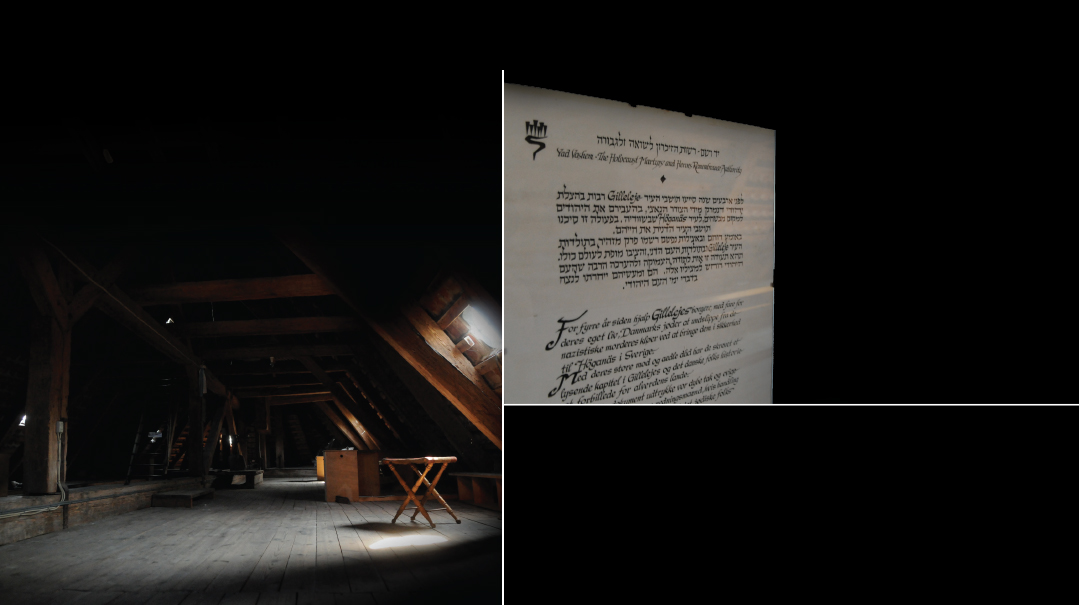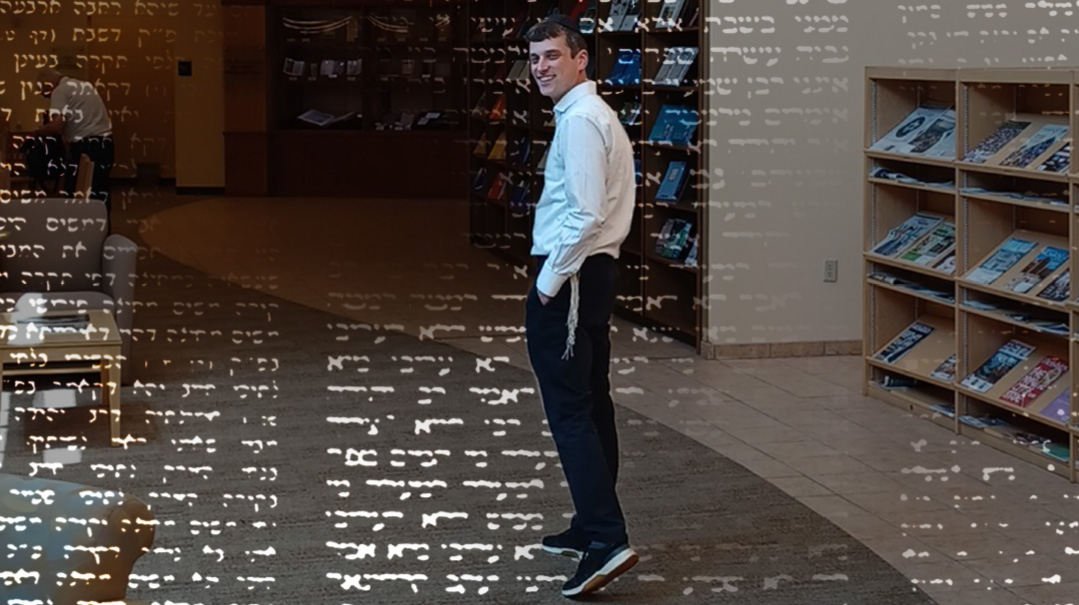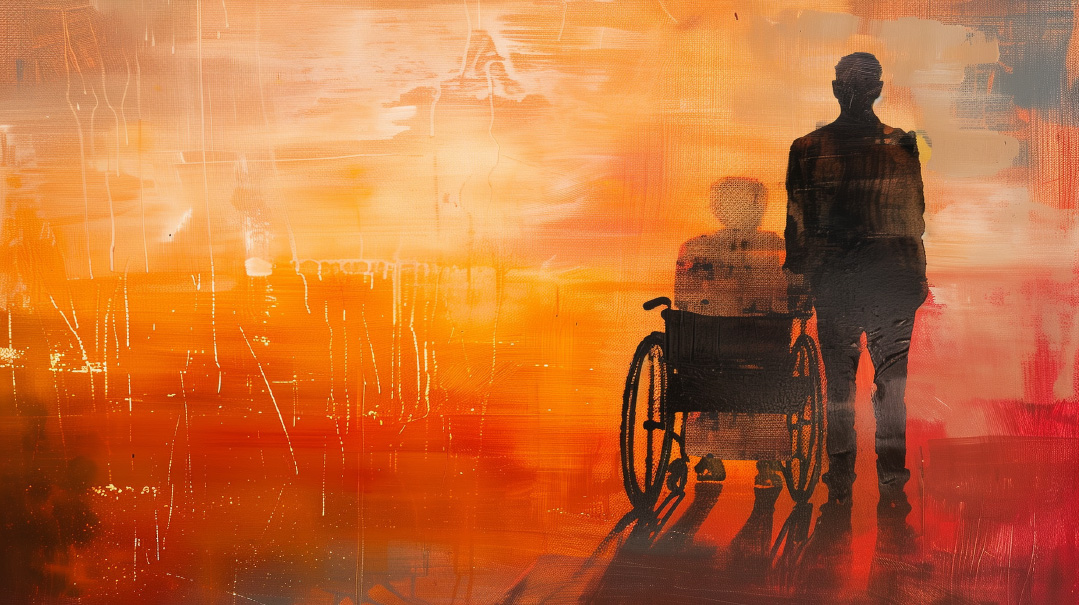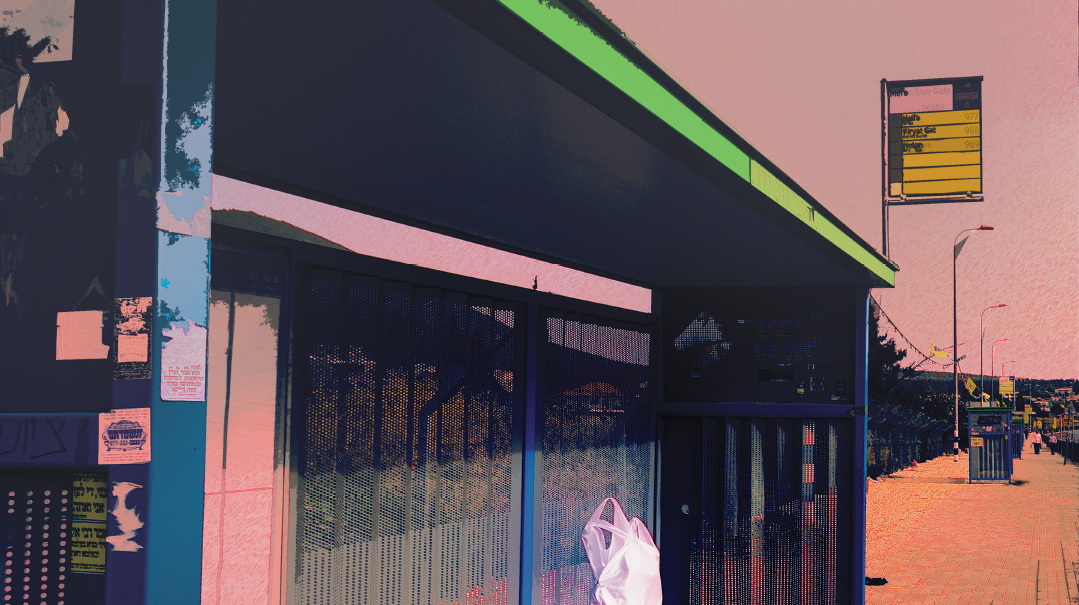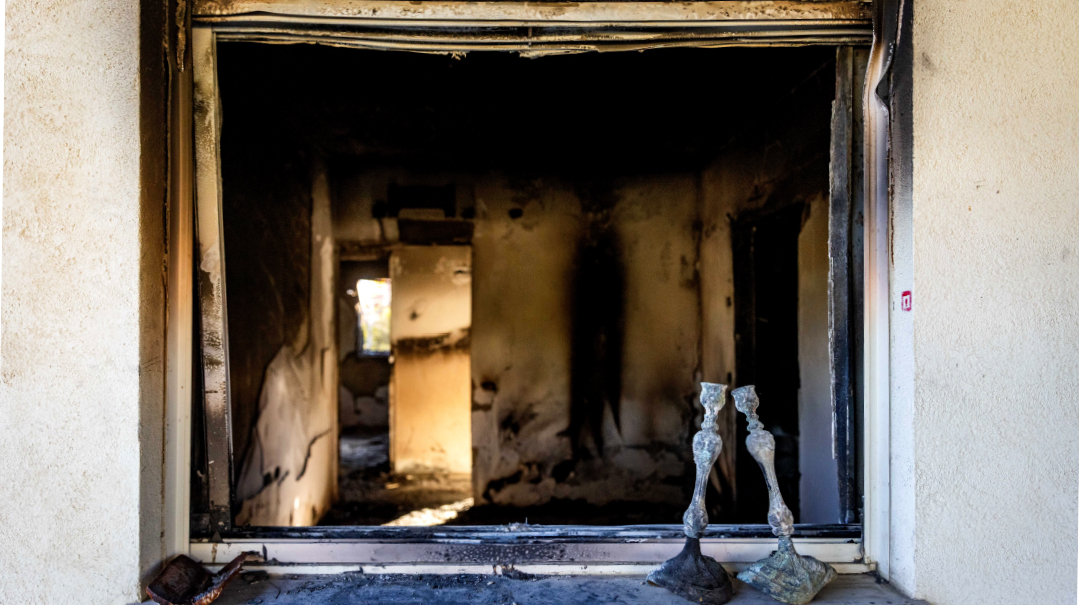Ignited by Their Sacrifice
| May 26, 2020I began to look at the people she was helping: people who were willing to give up their liberty to live as religious Jews
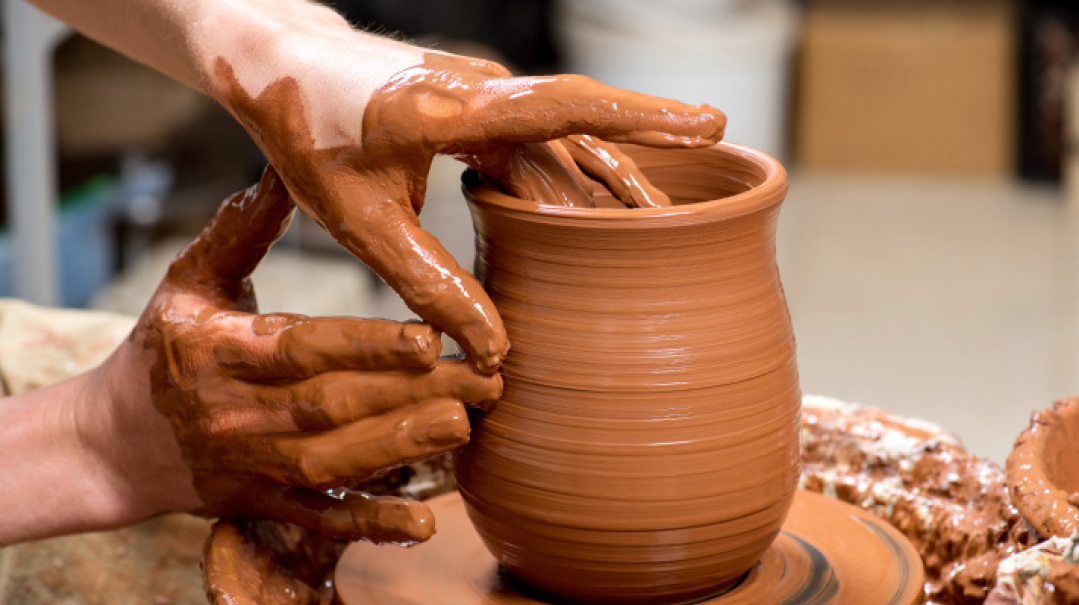
Years ago, you crossed paths. It may have been a brief encounter, it may have been a relationship spanning years. In that meeting place, something changed. Her hands warmed your essence, left an imprint upon your soul.
Seven writers sought out the women who changed them — and told them of the impact they’d had
As told to Riki Goldstein by Anne Slade
Since some of my ancestors arrived in England in the 1700s, the family has become very assimilated over the years. My great-grandfather, I’m told, used to sulk in his English gentlemen’s club on Yom Kippur, because he didn’t want to go to work, but he didn’t have enough religious conviction to go anywhere else.
Both of my grandfathers fought in the British Army in World War I. They were both extremely “lucky,” because they fought from the first day of the war until the last, through four brutal years, while nine million soldiers lost their lives.
My Grandfather Lazarus, who owned a prosperous business in London, looked very Jewish — typical dark hair and Jewish nose. Even though he didn’t hide his Judaism, he fit very well into British society.
In the 1930s, when he heard rumors of the Nazi persecutions taking place in Europe, Grandfather sponsored a couple of Jews from Germany, enabling them to make their way to England. He helped some cousins immigrate to Australia, too.
During the German Blitz of London, the Lazarus family were evacuated and spent the war years on the South Coast of England. When my grandfather returned to London and the refugees began to stream in, describing horrific stories of what the Nazis had done to them, he was beside himself. It seems hard to believe, but he was among those British Jews who didn’t know about the Holocaust while it was happening — and it hurt him very deeply.
“If you ever hear that Jews are being persecuted, do something about it,” he told my mother. “Don’t wait for the government to stand up for them, don’t wait for the officials. Just step in and do something.”
My grandfather passed away just before I was born. My parents belonged to a liberal synagogue in London, and while they did instill in us the knowledge that we must marry only Jews, there was very little Judaism in our lives. But when news of the Soviet Jews’ struggle reached the Western world, my mother, Margaret Regal, remembered what her father had said.
She joined a group of women called “The 35’s,” who campaigned tirelessly for freedom for Soviet Jews. My mother went to Russia three times to help the refuseniks. She also demonstrated and protested in London, and she got herself arrested for chaining herself to the railings outside Aeroflot headquarters. (The policeman who cut her free claimed he was using the same cutters that had been used to cut the suffragettes free from their demonstrations in the early 1900s.)
I was a teenager while all this was happening. I watched my mother, and then I began to look at the people she was helping: people who were willing to give up their liberty to live as religious Jews. They had lost their right to study for their degrees and work in their fields because they insisted on keeping Shabbos and kashrus and learning Hebrew — all vague concepts to me.
Their purposefulness inspired me, and I know I wasn’t the only one of my generation to first think about Yiddishkeit seriously because of the Russians. The leaders of the Jewish Renaissance in Russia dragged us along in their wake.
The first time I travelled to the USSR was around 1980, when I was 17. By then, I was keeping as many mitzvos as I understood. We stayed in Kishinev, where we met with refuseniks living there. As tourists, we had to stay in our hotel; the KGB didn’t let tourists spend the night elsewhere. But on Friday night I broke the rule and stayed over at the home of a very special Jewish couple, the Kogans.
Oops! We could not locate your form.







